Ecuadorean rose business blossoming in China, up 128% for some
Updated: 2015-04-27 04:55
By Li Wenfang in Guangzhou(China Daily Latin America)
|
||||||||
A gift box with a fresh red rose is labeled at 520 yuan ($84) and a bundle of 99 colorful roses at 6,999 yuan at a Chinese website that sells roses only from Ecuador.
The prices sound like a fortune to many Chinese consumers but Roseonly, the company founded in January 2013, made a revenue of more than 200 million yuan last year and 50 million yuan in February of this year, said Perry Pu, CEO of the company.
"We have always been profitable," Pu said. He expects revenue to at least double this year.
The outstanding quality of Ecuadorean roses match the demand from high spenders, most of whom have traveled overseas, she said.
The company’s brick-and-mortar stores – 12 at present – generate 20 percent of the total revenue and will increase rapidly this year, Ma said.
Roseonly has in part contributed to 128 percent increase of flower exports from Ecuador to China in the first two months of this year, according to Mariella Molina, consul general of Ecuador in Guangzhou. About 1.5 million roses were shipped to China during the period.
The consulate is organizing a promotional event with the Guangdong Flower Council in Guangzhou late this month, with a dozen Ecuadorean growers and exporters and a dozen Chinese importers participating.
Thirty kinds of flowers will be displayed.
"We are trying to introduce new species," Molina said.
Agricultural products, including bananas, fishmeal, wood, shrimp, cocoa and roses, made 74 percent of exports from Ecuador to China in the first two months of this year, with bananas accounting for more than 40 percent of the total.
Ecuador competes with some Southeast Asian countries with most of those agricultural products. It sits in a disadvantageous position in shipping time and the price, which is lower on the competitors’ side partly because of the free trade agreement between China and the Association of Southeast Asian Nations (ASEAN).
The special quality of products, such as longer shelf life of roses resulting from the unique growing environment, gives a competitive edge to Ecuador, Molina said.
"Exports to China will keep increasing for sure," she said.
China became Ecuador’s eighth largest trading partner last year, from the 12th in 2012, and is expected to become the fifth or sixth this year.
Molina attributed the robust trade to the more open Chinese market, strong financial capacity of Chinese consumers and the support from the Chinese government in facilitating trade.
Bananas from Ecuador make up a 40 percent share of sales at Shanghai Goodfarmer Banana Co, which started its banana importing business in 2011, said general manager Zhang Jingzhen.
Of the 92,000 tons of bananas imported by the company last year, about 60 percent come from the Philippines, with a small share from Indonesia.
Ecuadorean bananas had the best year, with more than 250,000 tons sold in the Chinese market last year, which is attributable to the decline in the Chinese production hit by two major typhoons, Zhang said.
He expected banana imports from Ecuador to stay flat or even decline this year if the weather stays normal in China, which is the world’s second largest banana producer, with 12 million tons produced last year.
"But we will continue to import bananas from Ecuador because we have a large client group and stable distribution channels."
With a long history of growing bananas, Ecuador is advanced in mass production, management and the quality, Zhang said.
"We visited Ecuador for the first time in July last year and decided to make the country a key in our development."
The company is running a representative office in Ecuador and plans to set up a subsidiary there, Zhang said.
Although the food processing industry in Ecuador remains at an early stage, the country is working to improve the know-how.
Chinese investment in Ecuador is set to grow, Molina said. Some Guangdong investors plan to establish facilities in Ecuador for processing seafood or balsa. Balsa is a kind of light wood only seen in a few countries and can be used in producing the blades of wind turbines.
Seventy Chinese companies are present in Ecuador, mainly in infrastructure sector. Some are manufacturing items such as shoes and bicycles and processing food for the South American region.
Meanwhile, Ecuador received 14,000 Chinese travelers last year, including those experiencing the country as one of the world’s top destinations for diving. The consulate in Guangzhou recorded 999 percent growth in tourist visas between 2009 and 2014.
The consulate, which has organized tourism promotion events in the past, will join a South America tourism road show in Guangzhou in October.
In January, the two countries signed an agreement for visa-free treatment for Chinese travelers to the Andean country and are in the process of making it effective, Molina said.
Wang Zijia contributed to this story.
liwenfang@chinadaily.com.cn

 International rescue teams head to quake-hit Nepal
International rescue teams head to quake-hit Nepal
 World's deadliest earthquakes since 1900s
World's deadliest earthquakes since 1900s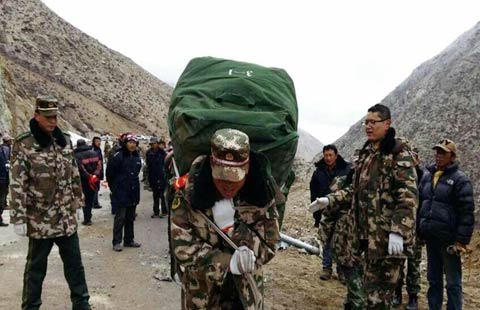
 Rescuers deliver relief supplies on foot
Rescuers deliver relief supplies on foot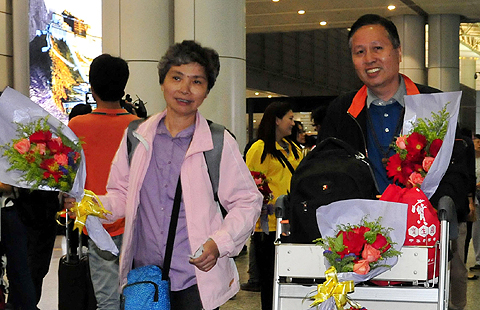
 China brings trapped nationals home from quake-hit Nepal
China brings trapped nationals home from quake-hit Nepal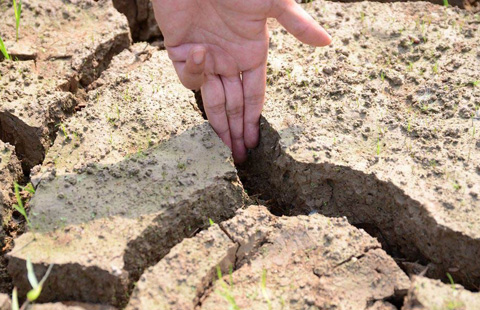
 Severe drought hits Southwest China
Severe drought hits Southwest China
 History razed in Nepal earthquake
History razed in Nepal earthquake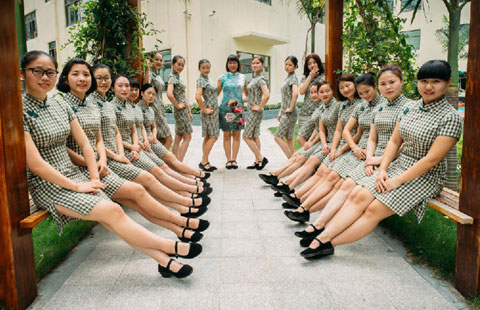
 'Chi-pao teachers' found in Guangdong
'Chi-pao teachers' found in Guangdong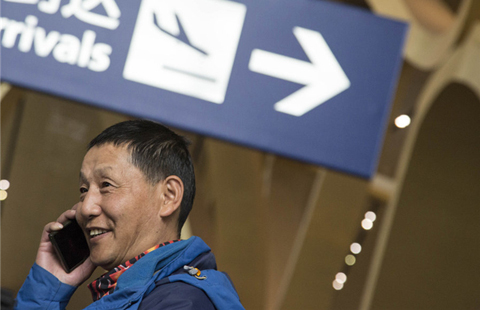
 Tourists evacuated from Nepal quake area arrive in Kunming
Tourists evacuated from Nepal quake area arrive in Kunming
Most Viewed
Editor's Picks

|

|

|

|

|

|
Today's Top News
Chinese, Koreans seek Japan apology
China rescue team starts work
Three US citizens among dead in avalanche after Nepal quake
Chinese rally across US to support NYC police officer under indictment
New publication will focus on China's energy industry
Abe's US trip: sense or sensibility?
China to overtake US in mobile gaming market
Nearly 2,500 confirmed dead in Nepal quake
US Weekly

|

|






